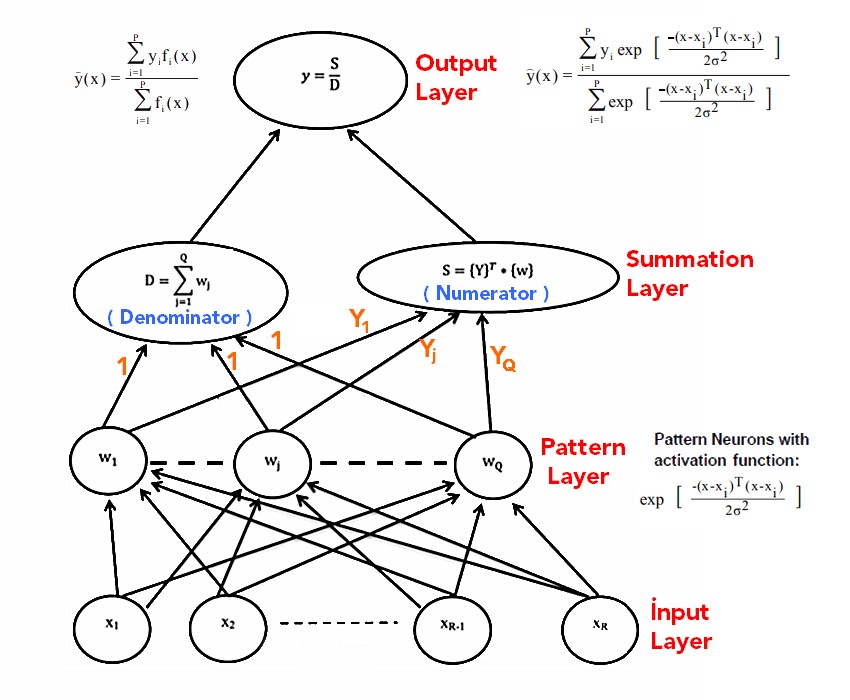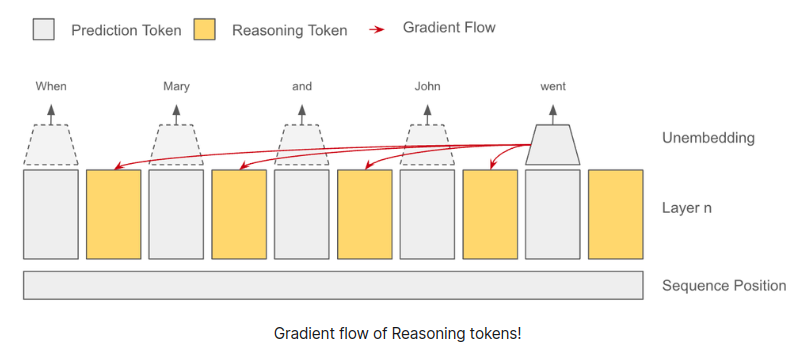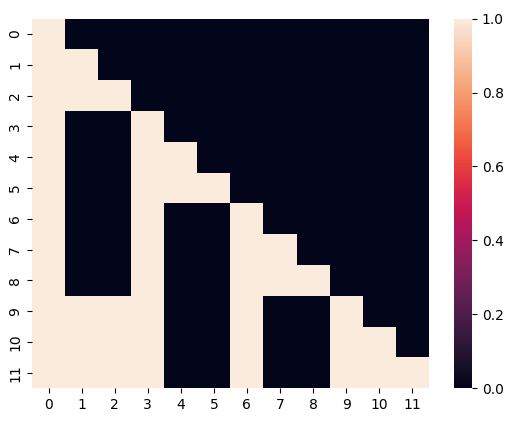Monster Imports for Shwaffle’s D&D 5e Encounter Sheet
File Listing:
| File Name | Book Title | Sub-Book Titles | Monster Count |
|---|---|---|---|
| CoS | Curse of Strahd | 19 | |
| EE | Elemental Evil | Princes of the Apocalypse | 42 |
| MM | Monster Manual | 456 | |
| MToF | Mordenkainen’s Tome of Foes | 140 | |
| RoD | Rage of Dragons | Out of the Abyss | 35 |
| SKT | Storm King’s Thunder | 31 | |
| TftYP | Tales from the Yawning Portal | 26 | |
| ToA | Tomb of Annihilation | 35 | |
| ToB | Tome of Beasts | 48 | |
| ToD | Tyrrany of Dragons | Hoard of the Dragon Queen, Rise of Tiamat | 23 |
| Tortle | The Tortle Package | 6 | |
| VGtM | Volo’s Guide to Monsters | 141 |
v1.62 (11/18/18)
- Fixed issue with ‘Skills’ not showing properly
- Added in the Constitution Modifier for the hit dice due to demand
v1.61 (7/19/18)
This one is all bug fixes! I highly recommend deleting all previous copies to make sure you’re using this version. I would also love to know if this alerts people when I update? Is there any other way I should be alerting people? Let me know.
- Went through and tested all monsters so none of them should error out. Please report any oddities and bugs on GitHub
- Changed the verbiage of two-handed variant attacks in the descriptions to make it more apparent
- Fixed a bug where some attacks wouldn’t show based on the ability
- Small code changes for consistency
v1.6 (7/7/18)
This feels like a small update due to the changelog, but I think the way I reworked how you choose a monster is such a big addition that I wanted to push it out as quickly as possible. This has been something I’ve wanted to add for quite a while so it feels nice that it’s finally finished. This is the groundwork I needed to get the different lists into the sheet so let me know what you think!
*Added an icon for Tortle Package for fun
*Added info on how to contact me
v1.51 (7/2/18)
- Fixed a typo that caused Tales from the Yawning Portal not to work.
v1.5 (6/24/18)
Per usual I took too long with me recent update. This is a big one so I hope it makes up for the delay in the new manuals!
I would love to have some input from users on what they think needs to be changed or added. After submitting this file, I’m going to begin work in a single page monster sheet. This will be extremely beneficial for boss level monsters that have a large traits/actions section. After that, I would like to work on an initiative order page! That sounds like a fun challange so I hope it turns out well. I appreciate everyones support and thank you for using my sheet! You can contact me at the GitHub link below, or you can message me on Reddit @ Shwaffle.
I have also put all of the monster information up on my Github. You can view all of the data and submit errors at: https://github.com/Shwaffle/Encounter-Sheet-Imports
Fixes
- Fixed the font size of Speed so it’s actually readable.
- Encounter XP was only pulling the XP from the top monster. I am very sorry for those that relied on this and were given the wrong information.
- Previous versions of the sheet would disable form highlighting for Adobe globally. This has been fixed to re-enable form highlighting on close.
- Fixed a lot of errors in Monster Imports
Additions
- Added Tome of Beasts.
- Added Mordenkainen’s Tome of Foes.
- Added The Tortle Package.
- Added radio buttons at the top to select whether or not you would like Adobe’s field highlighting. I think it looks better off, but choose what you’d like!
- Added some nice icons for the manuals you select.
v1.4 (2/18/18)
Fixes
- I really, really broke actions in 1.32 somehow. This has been fixed, and I can’t believe I hadn’t noticed earlier.
- Fixed multiple Spellcasting blocks.
- STR mod had a 2 character limit, which broke when monsters had anything over +9 to the mod. This has been fixed.
- Fixed a lot of data issues that weren’t properly coded.
Additions/Changes
- Redid the manual selections at the top, this will allow for a lot more adaptability.
- Manually changing the ability score now modifies saves and mods.
- Added a bunch of tooltips!
- Added Elemental Evil (Out of the Abyss), Tyranny of Dragons (Hoard of the Dragon Queen, Rise of Tiamat), Curse of Strahd, Storm Kings Thunder, and Yawning Portal.
- Added a lot of missing monsters, thank you to those who have let me know!
- Added encounter name and location at the top, suggested by users!
- Underneath the monster’s name you can now select a checkbox to manually change the name of the monster without it killing the stats. Suggested by users!
- Added Type & Subtype if applicable!
- You can now search for a monster name!
- It is case sensitive
- Adobe DC currently has a bug that makes this feature not 100% reliable. However, being able to search in the dropdown should help a significant amount with the major manuals.
Going to be working hard to get Tome of Beasts complete before Mordenkainen’s Tome of Foes is released in May.
v1.32 (10/20/17)
- Split some variants into their own monsters
- Organized spells so they display nicer
- Trying new Clear Form buttons
- Traits and Actions will begin to display nicer when they have multiple paragraphs
- Skills added
- Rest of Monster Manual added
- Began work on allowing DMs to have initiative rolled for the monsters. Will have both singular initiative and group initiative. (The extra radio button that pops up when you choose the monster won’t do anything for now)
- I was doing a lot of little changes and may have forgotten to patch some holes. If you find anything that breaks the sheet let me know!
v1.31 (7/3/17)
- Checking the radio boxes near the HP boxes will now add monster XP to the total encounter experience
- Passive Perception and Proficiency Bonus now have their own boxes
- Immunities and Resistances have been moved to “Creature Info”
- Armor Type has been added, will display a shield when the creature has one wielded
- Top of the encounter sheet has been redone. Unavailable manuals are greyed out
- Made the ‘Clear’ buttons a little better. I don’t like the ‘Clear Form’ one, I’m thinking of what I want to change that to
- Fixed some traits not populating correctly from Volo’s
- Began work on encounter difficulty
v1.3 (5/29/2017)
- Volo’s Guide is now an option!
- You can choose at will which manual you want to pull your monster data from. Some traits may not show correctly, but it is mostly finished.
- Fixed INT and CON being switched in the stats columns.
- Added an overflow page to allow for longer descriptions to be readable.
v1.23 (5/23/2017)
- Creature source book and stat block page added.
- Languages will no longer show a blank line when a creature does not have language.
v1.22 (5/13/2017)
- Passive Perception is now included in Creature Info. I will move this into its own stat box in a future update.
v1.21 (5/9/2017)
- Saving throws have been fixed. Now clears all fields when you select a new creature. Leaving CLEAR buttons for now.
v1.2 (5/8/2017)
- Fixed +hit issue, fixed some finesse weapons using the wrong modifier
v1.1 (5/7/2017)
- Initial Release





